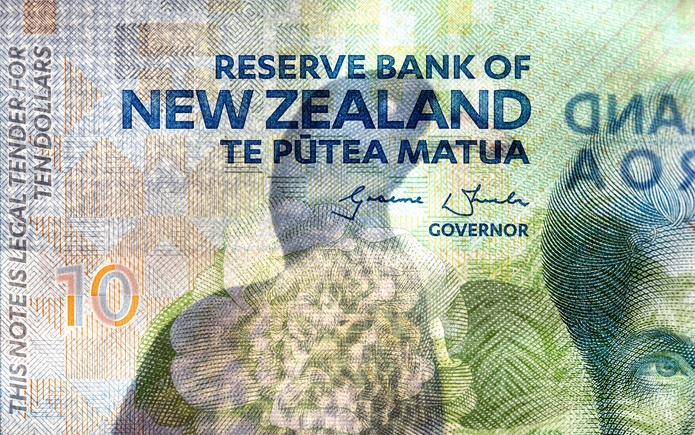The New Zealand currency fell after the Reserve Bank of New Zealand (RBNZ) left rates unchanged at its monetary policy meeting earlier today. The kiwi has since rebounded on the prospect of less severe domestic economic conditions going forward.
The RBNZ had previously raised the overnight cash rate (OCR) 12 times since the first lift in October 2021. Stock markets in New Zealand consolidated higher on the news following losses seen at the open.
NZ CPI in the first quarter was below expectations at 6.7% and the second quarter reading will be released next week. The RBNZ have an inflation target of 1 – 3%. The initial weakness in the aftermath of the OCR decision was most notable against the yen and Aussie.
Today’s pause in the hiking cycle may reflect the market perception of many Western central banks whereby once policy settings are seen as tight enough, an extended period of ‘wait and see’ could be in store.
It was a busy morning for Antipodean currencies, as RBA Governor Lowe was also speaking. Lowe noted that “it is possible there will be more rate hikes still to come.”
He also added that “possible some further tightening will be required to return inflation to target” and the RBA “Remains to be determined whether monetary policy has more work to do.”
Traders await the CPI release from the US later today, notably the US dollar remained soft ahead of the CPI drop during the Asian trading session.
CIBC bank note that “Base effects will be behind a sharp drop in the pace of annual headline inflation to 3.1% in the US in June, as surging gasoline prices from a year ago drop out of the calculation. That will leave inflation at the slowest pace since March 2021.”
CIBC add that “Excluding food and energy, core price pressures could have also subsided to a pace not seen since late 2021 at 5.0%, with potentially slower inflation in shelter adding to a possible drop in used car prices, in line with industry measures.”




